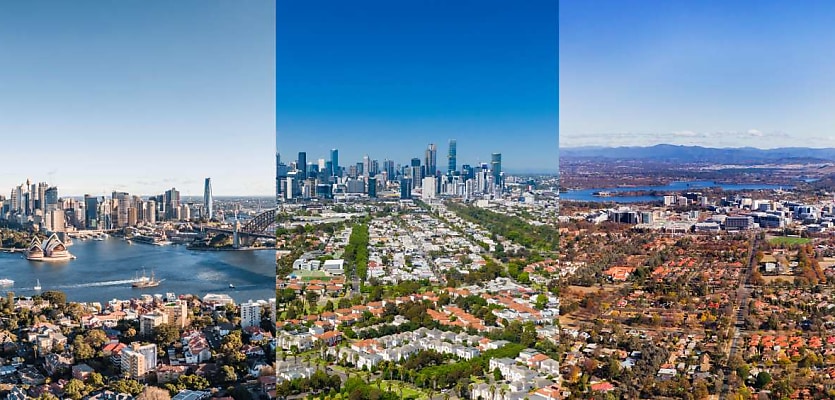The latest vacancy rates from across NSW show a trend in the wrong direction.
The Real Estate Institute of New South Wales’ (REINSW) Vacancy Rate Survey results for November 2024 have revealed that residential rental vacancies across NSW remain at crisis volumes.
Reflecting on the results of the survey, REINSW chief executive officer Tim McKibbin unveiled that the rates are sitting at “crisis levels” and the amount of properties available to rent continues to decline.
Coming in at 1.8 per cent, the residential rental vacancy rate for all of Sydney in November 2024 remained stable compared to the month prior, while the inner ring of Sydney rose by 0.1 per cent to sit at 2.1 per cent. The middle of Sydney dropped by 0.3 per cent, standing at 1.6 per cent, and the outer ring of Sydney decreased by 0.1 per cent, with its final vacancy rate figure at 1.5 per cent.
“The last time the vacancy rate for Sydney broke through 2 per cent was back in June 2022. This is a clear indication that the rental crisis is truly entrenched,” McKibbin noted.
The survey results indicated that residential rental vacancies in both the Hunter and Illawarra regions decreased over the last month.
“In the Hunter region, the vacancy rate dropped by 0.1 per cent to be 1.5 per cent,” McKibbin commented.
He also stated that vacancies in the Illawarra region decreased by 0.3 per cent, with final numbers positioned at 1.1 per cent.
In contrast, vacancy rates in the Central Coast, Central West, Murrumbidgee, New England, Orana and South Coast areas all increased moderately over the last month.
Vacancy rates also declined across the Albury, Mid-North Coast, Northern Rivers and South East regions, while the Coffs Harbour and Riverina areas remained stable.
McKibbin noted that as the months go by, “the story remains the same”, with rental availability escalating downward, stock diminishing, and rent steadily increasing.
“It’s not hard to understand why those involved in the residential rental market feel so incredibly disheartened,” he stated.
McKibbin highlighted that the government continues to acknowledge that NSW is in the middle of a housing crisis, yet there is very little solution being provided by government bodies to address the issue of supply, which is the key factor contributing to the crisis.
“Supply in the residential rental market is diminishing. There is simply not enough housing to cope with demand and this is putting tremendous pressure on the rental market,” McKibbin stated.









You are not authorised to post comments.
Comments will undergo moderation before they get published.